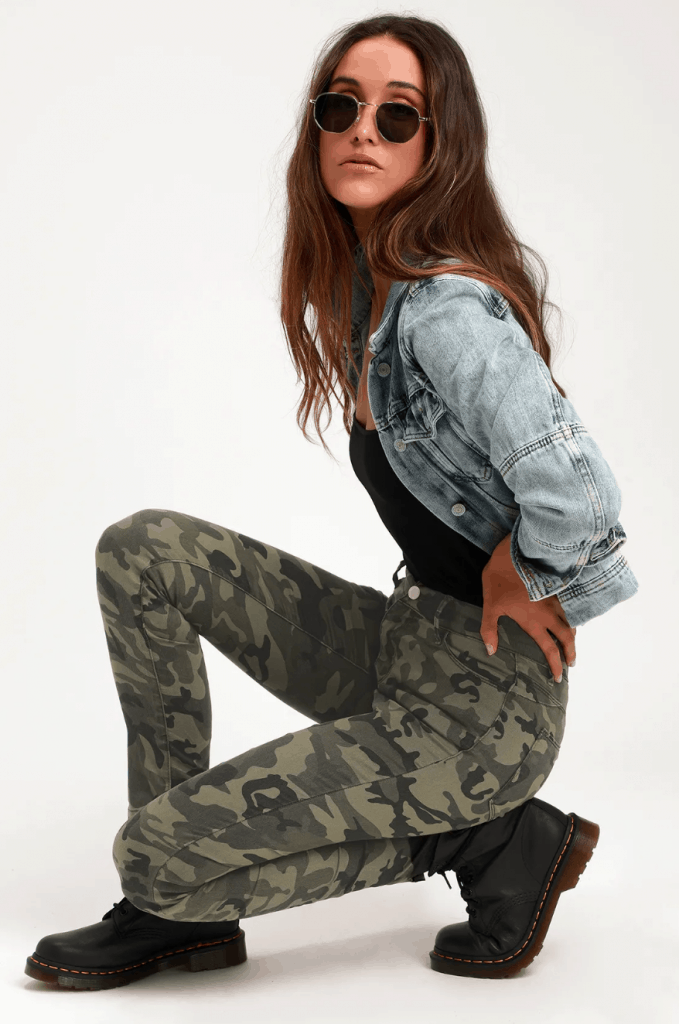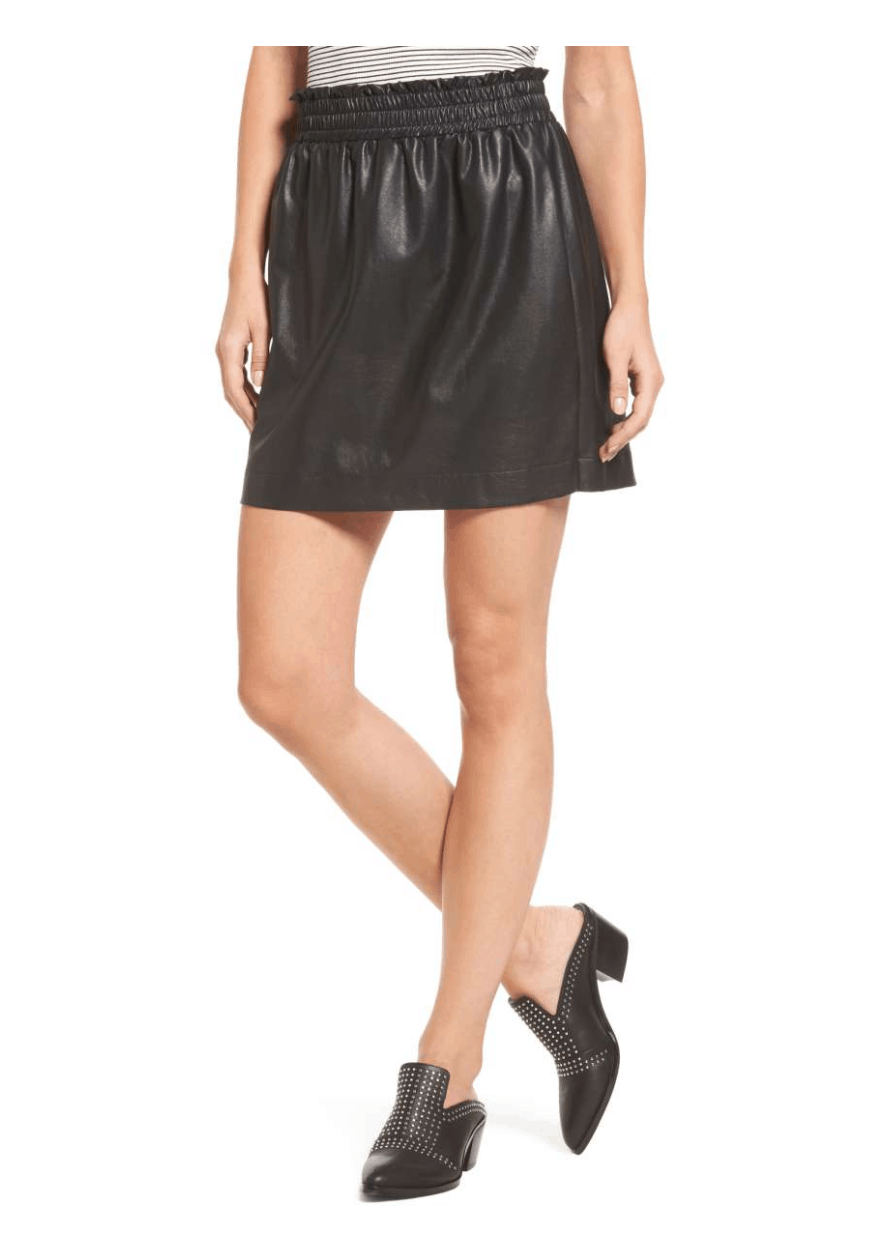The Ultimate Guide to the Fashion Sneaker

The sneaker has made a transition from an athletic necessity to a total fashion do. Combining comfort, classic vintage style, and athletic history, the sneaker’s transition makes sense.
Below, I’ll share a quick history of the sneaker, give you some outfit inspiration, and suggest some tips on buying the perfect pair.
Table of Contents
A Brief History of the Sneaker
The first sneaker, or a shoe with a molded rubber sole, was the 18th century plimsoll created by Keds. Right from the get go, these shoes were labeled as functional items that could handle more strenuous athletic activity.
FactMonster says that by 1917 these Keds were being mass produced. The next year, Heddels says, Converse All-Stars were produced as the first basketball-focused sneaker. Converse were the first high-top sneakers and the first to seek a celebrity endorsement. Converse had basketball player Chuck Taylor both advise and endorse their shoe and it soon took off. Adidas then took the American sneaker global. Athletes across the world were starting to wear these rubber soled shoes.
After this trend went global, sneakers began to become stagnant, seen as simply comfort shoes and not necessarily stylish ones. CNN reports that in the 1970s Nike was able to revitalize the sneaker to the street style shoe of choice that it is today.
After this street fashion renaissance, high fashion designers wanted to get in on the game. Gucci ushered the sneaker onto the runways and designers like Prada and Lanvin followed suit. At the same time, sneaker-head culture started to grow.
Nowadays, the street style and high-fashion strands have united and designer and athletic wear collaborations define modern sneaker culture. Combining fashion fabrics like leather with vintage sport sensibilities, sneakers today are just as likely to be paired with a fashion week outfit as actual athletic wear.






